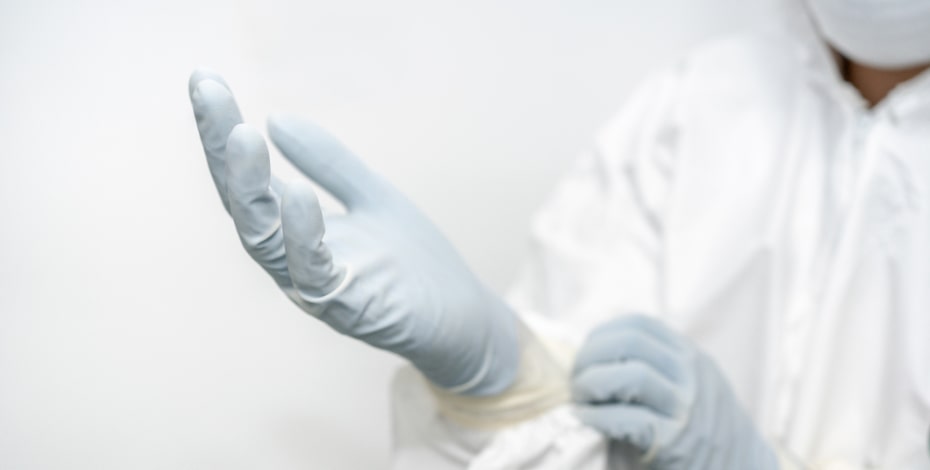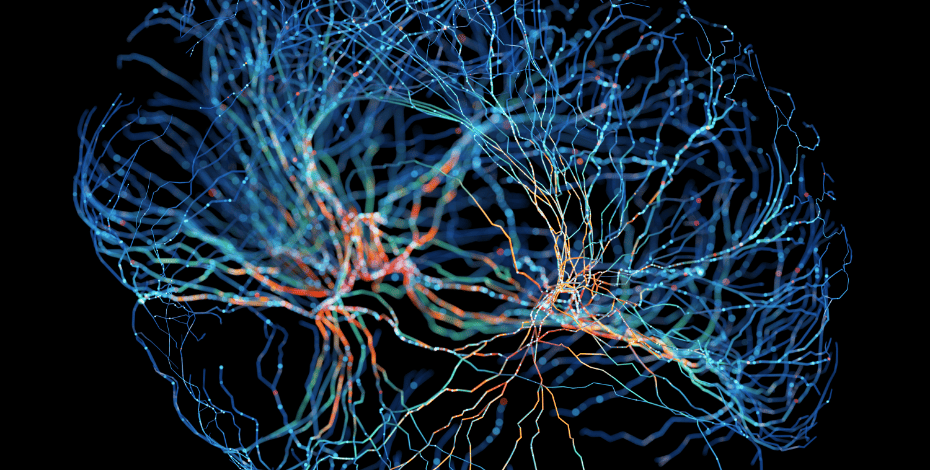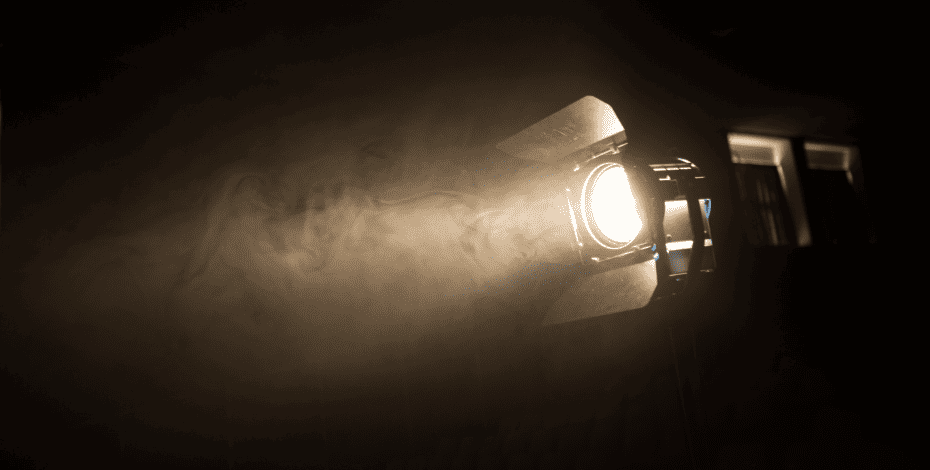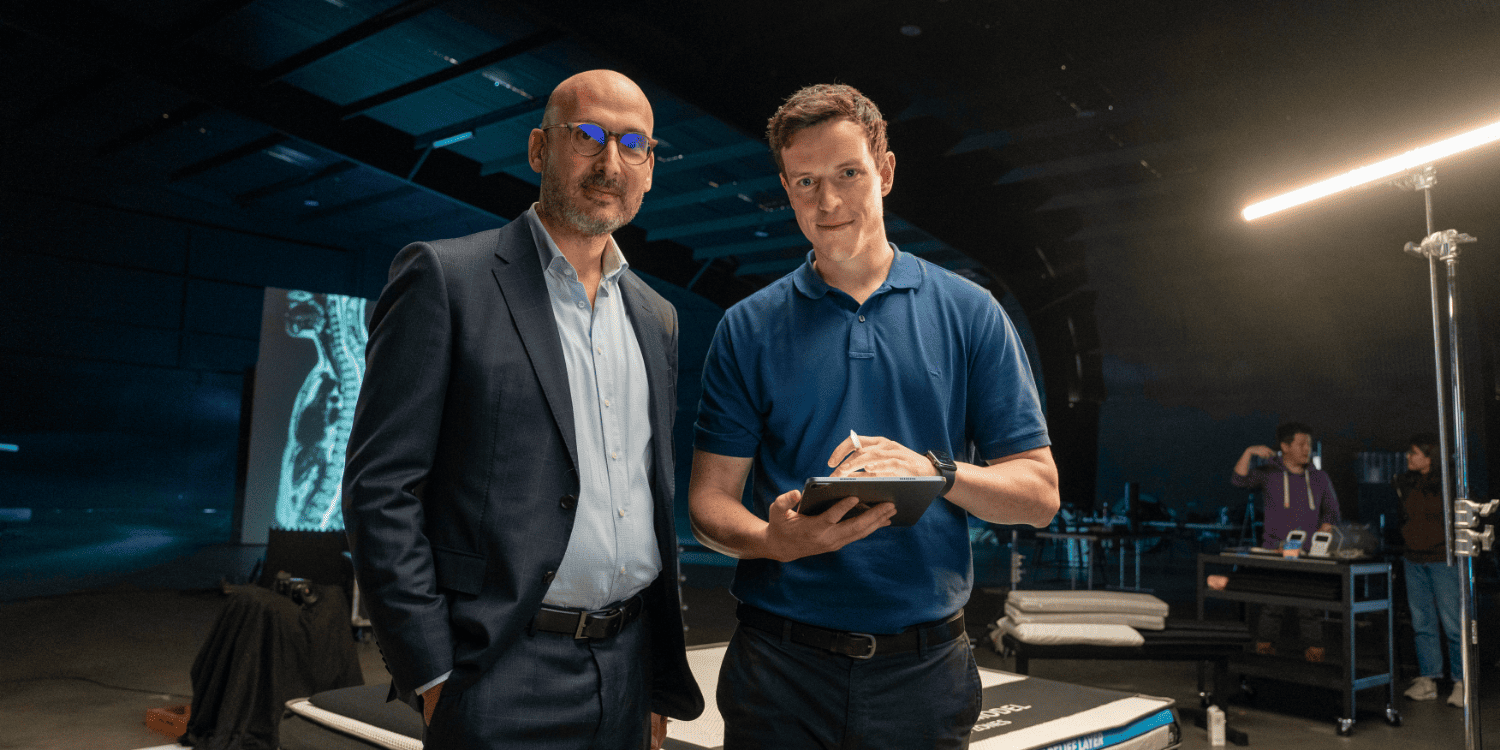
Words from the frontline

What is it like working in an intensive care setting during the current coronavirus pandemic? A number of cardiorespiratory physiotherapists from around Australia answer some questions about managing patients with COVID-19.
The COVID-19 viral pandemic has represented an unprecedented challenge to healthcare systems worldwide. On 27 April, there were 2,858,635 confirmed cases of COVID-19, with a mortality rate of approximately seven per cent (World Health Organization).
In Australia, there were 6720 confirmed cases, with a mortality rate of one per cent. New South Wales had the highest number of cases (45 per cent), followed by Victoria (20 per cent) and Queensland (15 per cent). Public health measures have significantly suppressed the transmission of COVID-19 in Australia and to date prevented hospitals from being overwhelmed with COVID-19 admissions.
At the beginning of April approximately 450 people were admitted to hospital due to COVID-19, 96 of whom were in intensive care (Department of Health). On 27 April, these numbers had fallen to 115 and 42 respectively and 83 per cent of people had recovered.
While the respiratory infection associated with COVID-19 is mostly associated with a dry and non-productive cough, severe cases can involve hypoxia, severe pneumonia and difficulty with airway clearance.
Cardiorespiratory physiotherapy may be indicated in these circumstances and physiotherapists have provided hospital-based services, including in intensive care. Frontline physiotherapy staff share their experiences with InMotion.
What has been your role in the respiratory management of ICU patients?
We did daily screening of all suspected or confirmed COVID-19 cases using a screening tool we developed. We have had to send two therapists to treat ventilated patients, especially if the patient was paralysed, as it has been difficult to clear their very thick secretions.
*****
The physiotherapy respiratory management of COVID-19 ICU patients has been somewhat different to my usual ICU treatment, mainly due to the complexity of the illness and the airborne precautions warranted. In the initial phases of the disease, I have assisted with prone positioning of patients and providing airway clearance techniques including ventilator hyperinflation and manual techniques such as percussion and vibrations.
*****
We’ve been recommending and positioning patients in full lateral turns too. As they’ve progressed, we’ve reviewed the patients post-extubation to ensure effective airway clearance and of course assisted with mobilisation and rehabilitation.
******
Early on, many patients were not very productive of sputum. However, we’ve seen deterioration later in a patient’s ICU admission, and physiotherapy seemed to be one of the few things that helped with airway clearance, gaining larger volumes of sputum. Prone was re-implemented and we often timed our treatment with these turns.
******
For non-ventilated patients, not many patients required physiotherapy as there were limited indications for airway clearance.
Have you had any role in doing prone positioning?
I was able to provide leadership in our COVID-19 response by co-authoring the prone procedure for our organisation. This was followed by training of the physiotherapy team and medical, nursing and support staff. In implementing prone we realised how important our training and practice was. The patients have all been heavily sedated and paralysed—they are always harder to move then manikins or staff member that we use to practise.
*****
Given the nature of our daily work, physiotherapists in ICU are very accustomed to manual handling techniques for ventilated patients and so are in a good position to assist or lead with prone positioning. Staff aren’t always confident with the prone-turning process. There are a lot of steps including assembling and briefing a team, taking off ECG dots, increasing the patient’s oxygen, organising slidesheets, pillows and head rests etc. We familiarised the physiotherapy department on prone by providing practical education sessions. This helped those who were also covering on weekend shifts and prepared other physios who may have needed to be called on if the pandemic worsened.
*****
We’ve also encouraged a spontaneously breathing patient to position themselves in to prone. They had a good response and it may have saved him from intubation.
Describe your experience of treating a patient with COVID-19 for the first time—did you have any concerns and have these changed with time?
The first time entering a COVID-19 region was surreal. Now I am more used to the process. Less anxiety all around.
******
My first treatment of a patient with COVID-19 was met with mixed anticipation. I was on some level excited to be involved in the management of this patient population and there was a ‘novelty’ to it, but there was also some fear and trepidation.
******
I was worried about potential exposure, the fit of my mask, somehow taking the virus home and infecting my children and also fear of accidently disconnecting the ventilator circuit and having aerosolisation of the virus. There was also some nervousness around the donning and doffing of personal protective equipment (PPE) and the in/out procedure of entering/exiting of the antechamber and isolation rooms.
*****
The fear of the unknown and the anxiety of waiting for our ‘first one’ was probably the hardest, as it was not something in our control. Once we had our first COVID-19 patient admitted and I saw how well our department and teams were prepared I became much more comfortable. The first time I went into the COVID-19 patients’ room was as part of a prone team, which included one of the senior physiotherapists. Once in the room I was initially anxious, especially from the heat and feeling of claustrophobia due to the personal protective equipment but I quickly overcame this as we got to work. Anxiety set in again as it came time to doff the PPE as I did not want to make a mistake. However, similar to the donning process, the assistance of the valet service and ongoing advice from my senior alleviated this anxiety. Since then, I am comfortable in the rooms.
*****
Have you got any comments about treating patients while in PPE?
It gets hot, especially when you are doing rehab or manual treatments—but it is better than catching the virus!
*****
Initially it is difficult to adjust to the mask and it feels a little suffocating. You worry about fogging up your goggles or that your goggles have slid down your nose or your mask has moved slightly and you are very tempted to adjust them but know you can’t. However, it is extremely comforting knowing you are protected and safe. We are very lucky at this point in time to have enough resources to use PPE properly and not have to consider re-using it.
*****
It must be disconcerting for the patient as well to wake up and see a team of people in full PPE, so I spent a lot more time trying to reassure my patients. I found it comforting to make sure when I left the isolation room after finishing my patients’ treatment that I would stand outside the glass and show them my face so they knew what I looked like.
*****
It just takes a little longer!
*****
We experienced shortage of masks at times. PPE practice amongst other staff seemed to vary a lot. You can’t really perform auscultation with a hairnet on. I’ve been using chest palpation more as assessment.
What has been your role in the mobilisation and rehabilitation of ICU patients?
The consultants were not keen initially on letting us into the areas so this has delayed the implementation of mobilisation compared to normal. We’ve also needed to think about equipment needs as once something goes in the COVID-19 area it shouldn’t come out without full decontamination. Subsequently, we’ve had to order extra equipment.
*****
Passive movements of joints for maintenance of range, especially while paralysed, was done in conjunction with respiratory treatments. As patients began to wake and obey commands, I started by positioning them in chair positions in or out of bed. There were the common barriers to consider and work around, like femoral vascaths and dialysis, noradrenaline requirements, and high work of breathing.
*****
I felt it was important to treat each patient just as I would somebody who was not on airborne precautions and give them the rehabilitation they needed. Due to severe weakness, we’ve had patients doing assisted and eventually resisted active exercises, sitting out of bed, standing on a tilt table and doing sit to stands and transfers with assistance.
*****
We have had little chance of doing early mobilisation compared to pre-COVID-19 times. There is a greater sense of responsibility to keep staff safe and minimise the number of staff exposed. When patients are medically stable and have been extubated, they are followed up for rehab in the ward. We have patients in the ward now, many with weakness needing rehab. We’ve noted that some patients have ongoing delirium.
*****
We have printed out exercise sheet handouts and have intercoms to the rooms, so we can limit our exposure if the patient is safe to perform exercise independently under instruction. Some patients have minimal respiratory reserve and their heart rates increase and SpO2 drop rapidly.
Have you experienced anything unexpected in treating patients with COVID-19?
The logistics of getting a tilt table in and out of an antechamber and isolation room. The tilt table would not fit through the antechamber and into the room when fully flat. A practice run was done on an empty isolation room, using the tilt table in full standing to manoeuvre it through the doorway.
******
The most pleasing unexpected thing of this experience is the full team collaboration to save PPE. For example, our physiotherapy team were taking in equipment that nursing staff need, performing pressure area checks and reporting to skin integrity teams who are outside the room, assisting the nurses with hygiene cares and working with the occupational therapist for splinting and positioning. These are just some of the activities which were shared collaboratively.
******
Not being able to auscultate and having to rely on other assessment methods and the extra time required to don/doff your PPE.
*****
It is difficult to progress rehab within the patient’s room. There is uncertainty about when these patients are no longer infectious. It will be interesting to see at what point these patients start to be accepted into rehabilitation, should they require it.
*****
None of our staff have become sick but anxiety levels have been high at times. We are temperature checked and questioned daily about our health as we come into work.
******
Have you had any new or different models of care implemented?
Virtual wards have been implemented in our hospital to manage patients in their own homes. When our virtual ward team identify a deteriorating patient, they are brought into hospital.
*****
Our physiotherapy team on the COVID-19 wards are reviewing patients from outside the glass. They are able to complete subjective and collateral history over the phone and give nursing staff walking aids and exercise handouts to take in.
******
We are working differently on the wards utilising distance screening and education and encouraging nursing staff to complete more mobility assessments on the wards. We rely on nursing handovers more and avoiding patient contact unless absolutely necessary.
*****
We have allocated more physiotherapists to the designated COVID-19 areas and provided ‘emergency response’ positions. These extra staff have been redeployed from other non-critical areas, particularly with the closure of outpatient lists.
*****
In our cystic fibrosis population, they are doing a lot of telehealth to try and avoid admissions.
*****
We’ve seen an increase in telehealth to deliver outpatient physiotherapy across many areas including pulmonary rehab, stroke outreach, hand therapy, women’s health, neurology, rheumatology and orthopaedics.
Has there been any impact on your management of patients who don’t have COVID-19?
My management of COVID-19-negative patients hasn’t changed. However, there has been a lot of concern in the ICU at times with physiotherapy techniques. My management of ventilated ICU patients often involves manual hyperinflation. Nursing and medical teams had concerns about this, particularly aerosolisation from a disconnected circuit. After our team leader discussed this with our Infection Monitoring and Prevention Service, it was deemed unnecessary to change any current practice, as community transmissions were still quite low.
*****
The care has been the same, but the PPE required when treating patients has changed. We have to be in airborne PPE for all AGPs [aerosol- generating procedures] for paediatric, cystic fibrosis, tracheostomy and laryngectomy patients, even if they are confirmed negative for COVID-19.
*****
Our outpatient services and group classes have been cancelled and where practicable telehealth has been implemented. Elective surgeries have been cancelled and as such waiting lists will presumably be longer. As there are less patients in the hospital, there have been more staff available from those services to offer assistance to areas whose workload has been increased due to COVID-19.
References and acknowledgements
World Health Organization: covid19.who.int/
Department of Health: preview.tinyurl.com/yc7bsbwr
Thank you for contributions from:
Wendy Chaseling, APA Cardiorespiratory Physiotherapist, APAM
Penny Manion, APAM,
Michelle Paton, APA Cardiorespiratory Physiotherapist, APAM
Laura Murphy, APAM
Nazmeen Reddy, APAM
Katrina Rose, APAM
Prepared by Peter Thomas FACP, APAM.
© Copyright 2025 by Australian Physiotherapy Association. All rights reserved.





